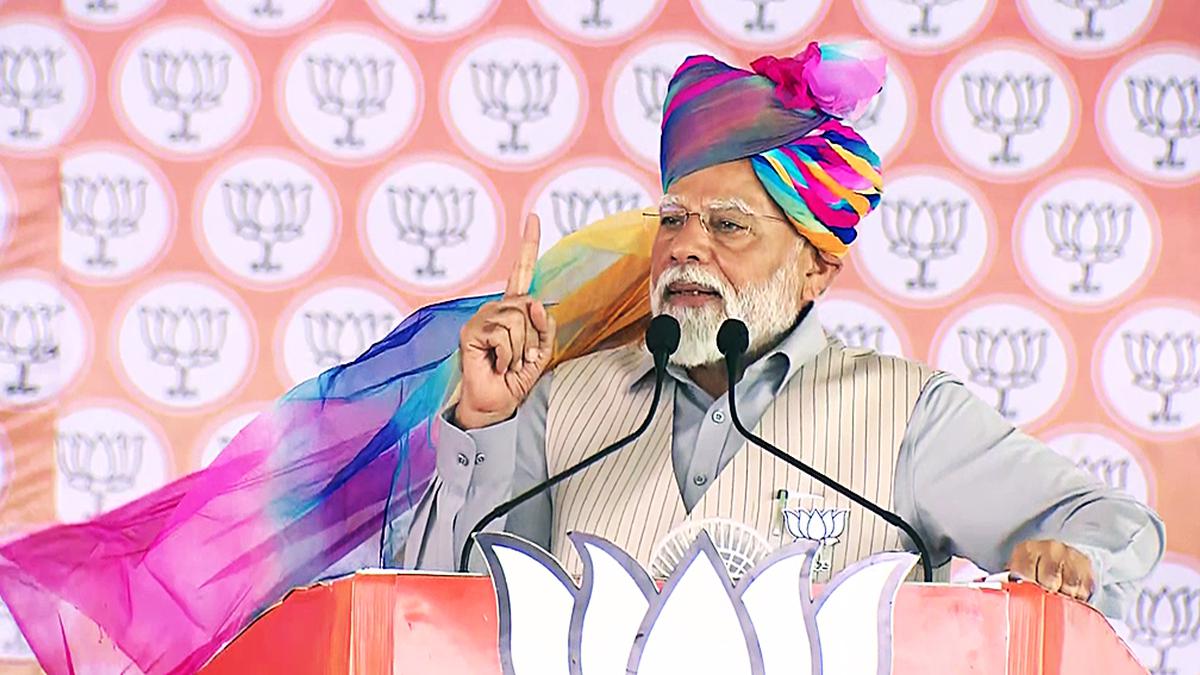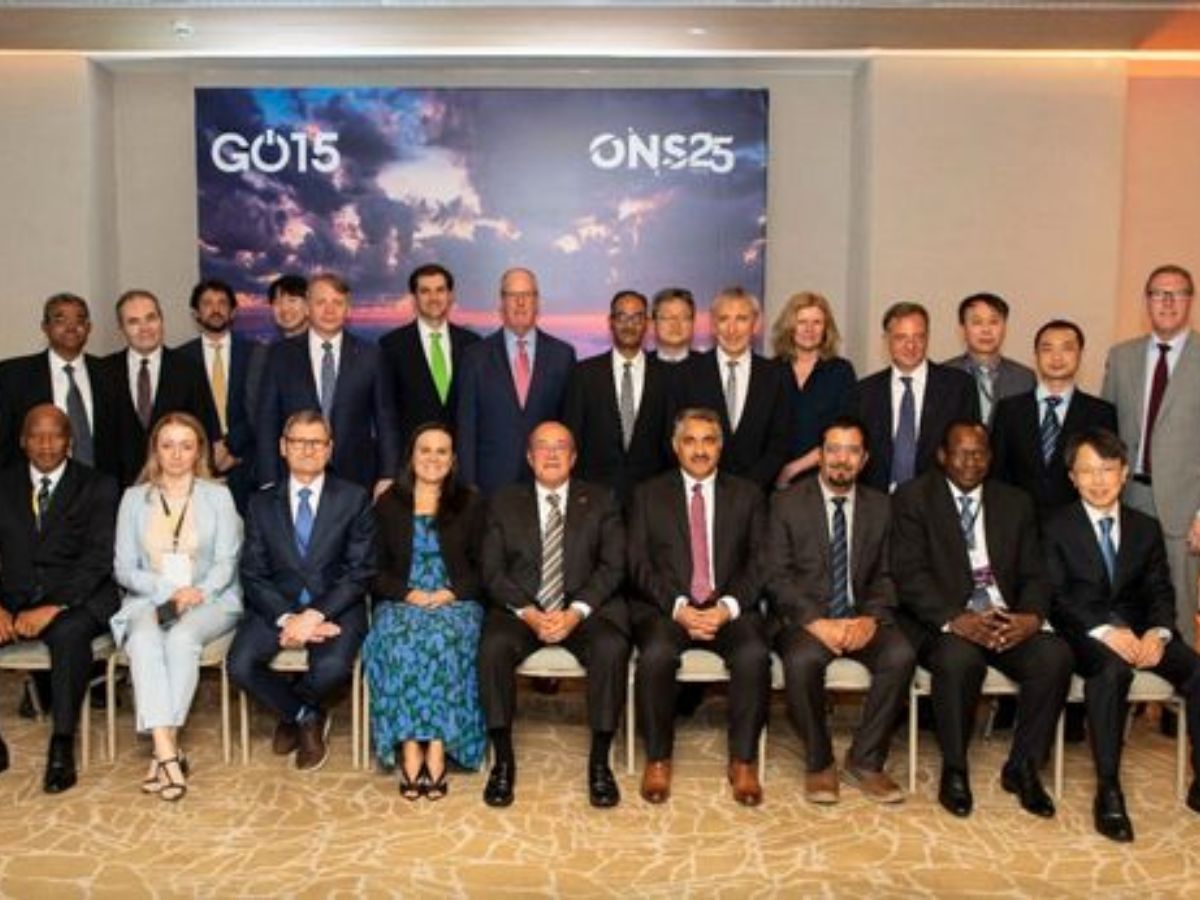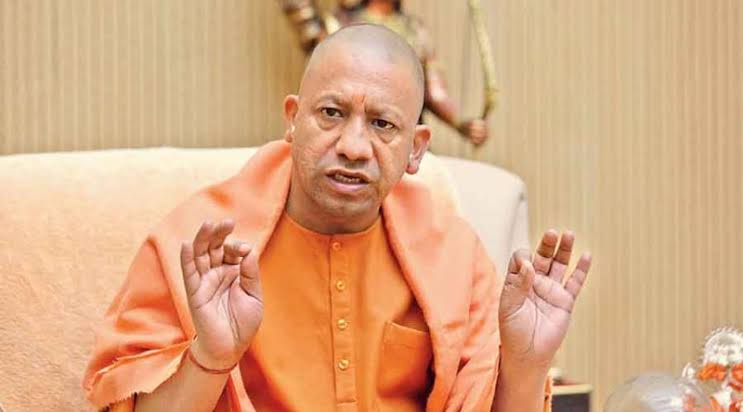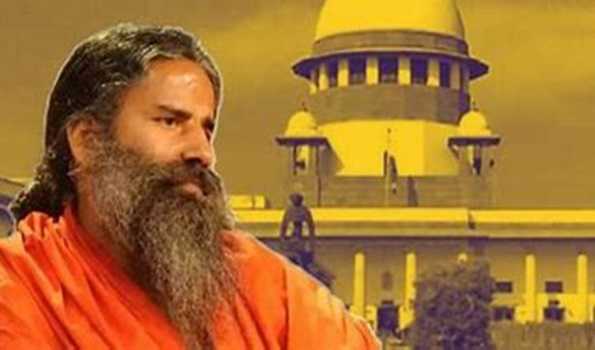Data suggests that the gap in fertility rates between Muslims and other religious groups is shrinking, and a claim about Manmohan Singh’s statement was deliberately misconstrued.
 Prime Minister Narendra Modi made several controversial comments at a public gathering in Rajasthan on Sunday. He referred to Muslims in India as “those with many children” and claimed that former Prime Minister Manmohan Singh once stated (in 2006) that “Muslims had the first claim on the country’s resources.” Modi alleged that the 2024 Congress manifesto plans to redistribute wealth to Muslims if the party wins the election. He made this claim by connecting sections of the manifesto addressing wealth inequality with the former Prime Minister’s 2006 speech.
Prime Minister Narendra Modi made several controversial comments at a public gathering in Rajasthan on Sunday. He referred to Muslims in India as “those with many children” and claimed that former Prime Minister Manmohan Singh once stated (in 2006) that “Muslims had the first claim on the country’s resources.” Modi alleged that the 2024 Congress manifesto plans to redistribute wealth to Muslims if the party wins the election. He made this claim by connecting sections of the manifesto addressing wealth inequality with the former Prime Minister’s 2006 speech.
A fact-check using government data shows that the gap in fertility rates between Muslims and other religious groups is decreasing.
Data shows that the fertility rates of Muslims and other religious groups have significantly declined over the years. According to 2019-21 data, the fertility rate of Muslims was 2.36, approaching the replacement level of 2.1. The fertility rate gap between Hindu and Muslim women has sharply decreased from 0.81 to 0.42 over two decades. This pattern is consistent even in the most populous states.
Excerpts from a government press release dated December 6, 2006, quote Dr Singh as saying, “I believe our collective priorities are clear: agriculture, irrigation and water resources, health, education… and programs for the upliftment of SC/STs, other backward classes, minorities, women, and children… We must devise innovative plans to ensure that minorities, particularly the Muslim minority, are empowered to share equitably in the fruits of development. They must have the first claim on resources.” Although Dr Singh’s statement focused on all vulnerable sections of society, Modi singled out the emphasis on Muslims.
Dr Singh’s concern for all vulnerable groups, particularly Muslims, is supported by data showing that Muslims lagged behind other religious groups in several indicators at the time of his remarks. The data also shows that, although a higher proportion of Muslims did not attend school in 2019-21 compared to other groups, the gap narrowed over time.
Similarly, Muslims had the lowest share of individuals who completed 12 years of schooling in both 2005-06 and 2019-21.
The decline in neonatal mortality rate (NMR) among Hindus has been significantly higher than among Muslims. In 1998-99, the NMR among urban Hindus was 36.6, much higher than 25.9 among urban Muslims. By 2019-21, the NMR of urban Hindus fell to 18.4, lower than the 18.7 recorded among urban Muslims. The same trend was seen in rural areas.
For clarity, the statement that Muslims have a higher birth rate was changed to show that the gap in fertility rates between Muslims and other religions is shrinking.
With contributions from Rachita Tanya Rabboni and Sruthi B.



